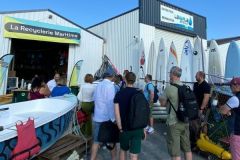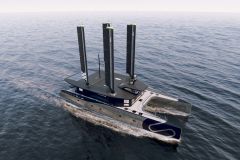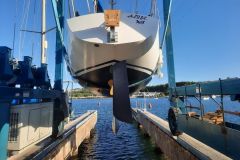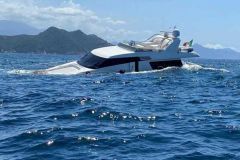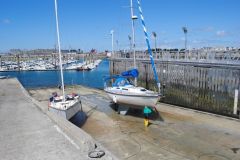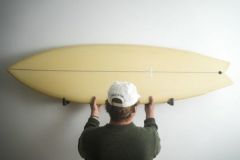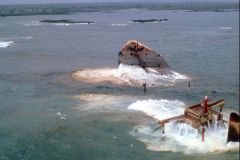The Oleo Sponge was developed by scientists at the Argonne National Laboratory (US Department of the Interior). This new foam easily absorbs oil from the water, is reusable, and not only removes oily substances from the surface, but also from the depths. This is quite a step forward when we know that after an oil spill in the sea, even if the surface appears clean, underwater slicks can still be found.
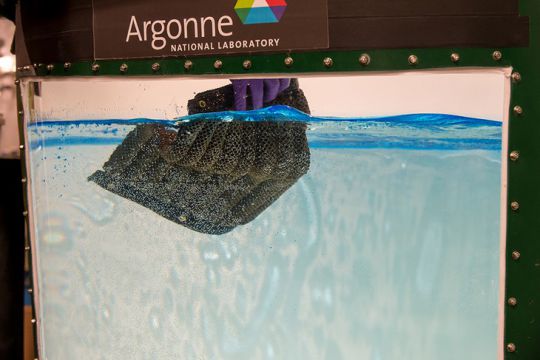
There were already molecules capable of taking up oil, but none capable of retaining them in the same structure. American scientists first worked with polyurethane foam - the same kind found in furniture cushions or home insulation. This foam has many cracks with enough surface area to catch oil. However, scientists have had to work on the surface chemistry to securely hold the oil molecules in place, like a magnet.
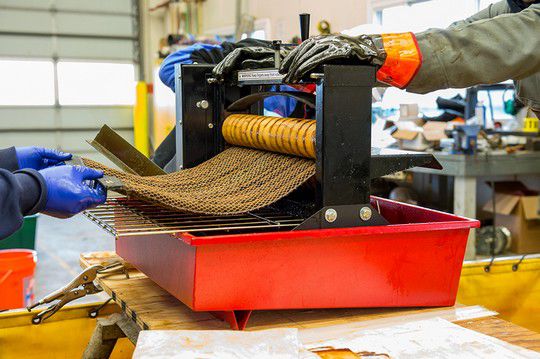
To do this, they used a technique called Sequential Infiltration Synthesis (SIS), to infuse metal oxide atoms into the nanostructures of the sponge. This thin layer of product distributed on the inner surfaces of the foam acts as a magnet glue to retain the oil.
Thus was born the Oleo Sponge, a block of foam capable of absorbing 90 times its weight in oil in water. It looks more like a kind of mop, can be wrung out to recover the oil, and is reusable.

Tests were conducted at Ohmsett, a research institute in New Jersey that has a giant seawater basin. The Oleo Sponge was able to recover diesel and crude oil from both the surface and the water.
"The material is extremely robust. We've run hundreds of tests, spinning it every time, and it hasn't been damaged yet." explains Seth Darling, one of the inventors of the Oleo Sponge.
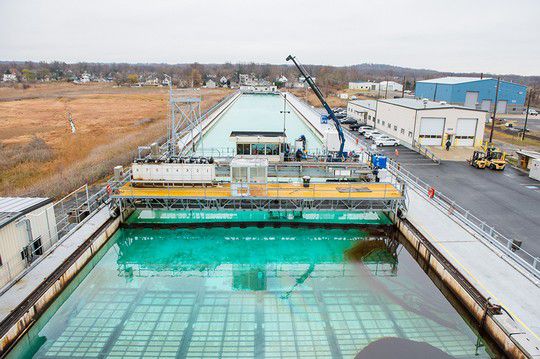
The Oleo Sponge could also be used to clean ports, where diesel and oil tend to accumulate due to maritime traffic. In the meantime, the dedicated team continues to develop its product, which could be suitable for other types of cleaning, in addition to oil slicks, thanks to the addition of a molecule.
The team is actively seeking to commercialize the equipment and is waiting for partners who could help them move forward. Here is the email address to contact the research team: partners@anl.gov .
Photo credits: Mark Lopez/Argonne National Laboratory

 /
/ 



